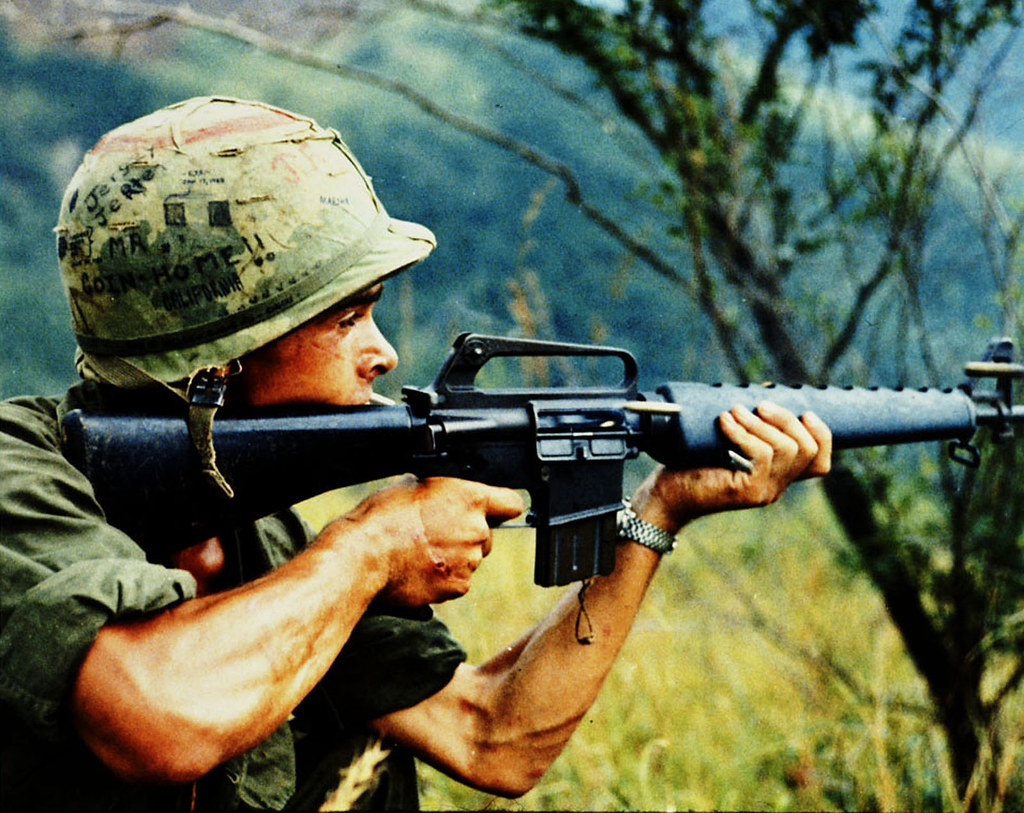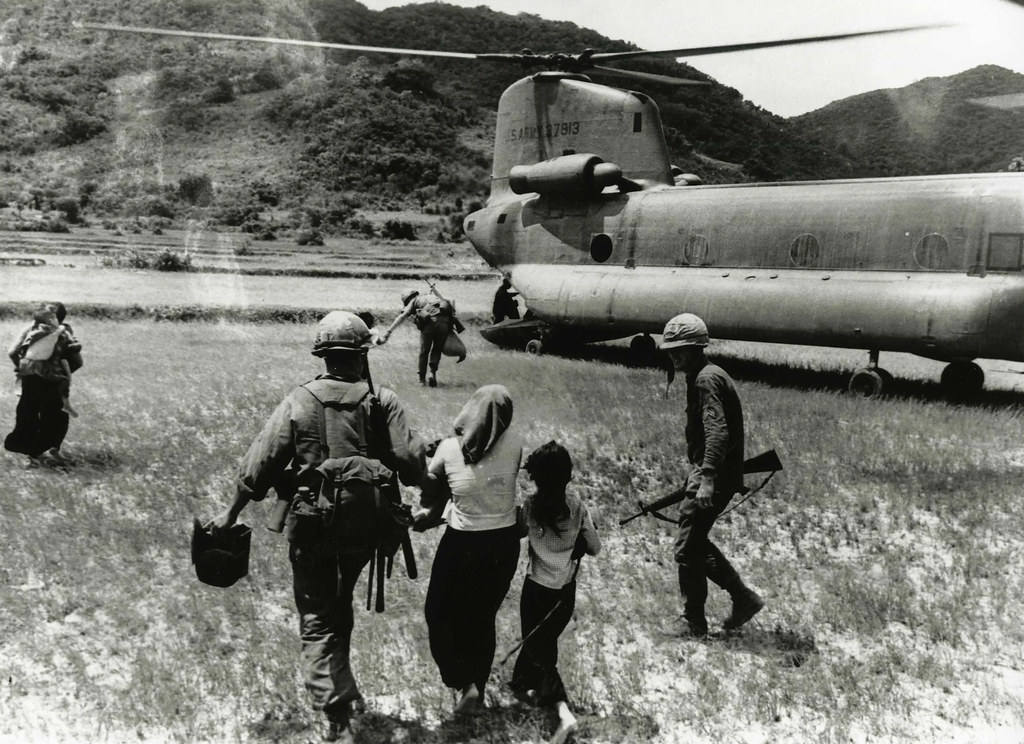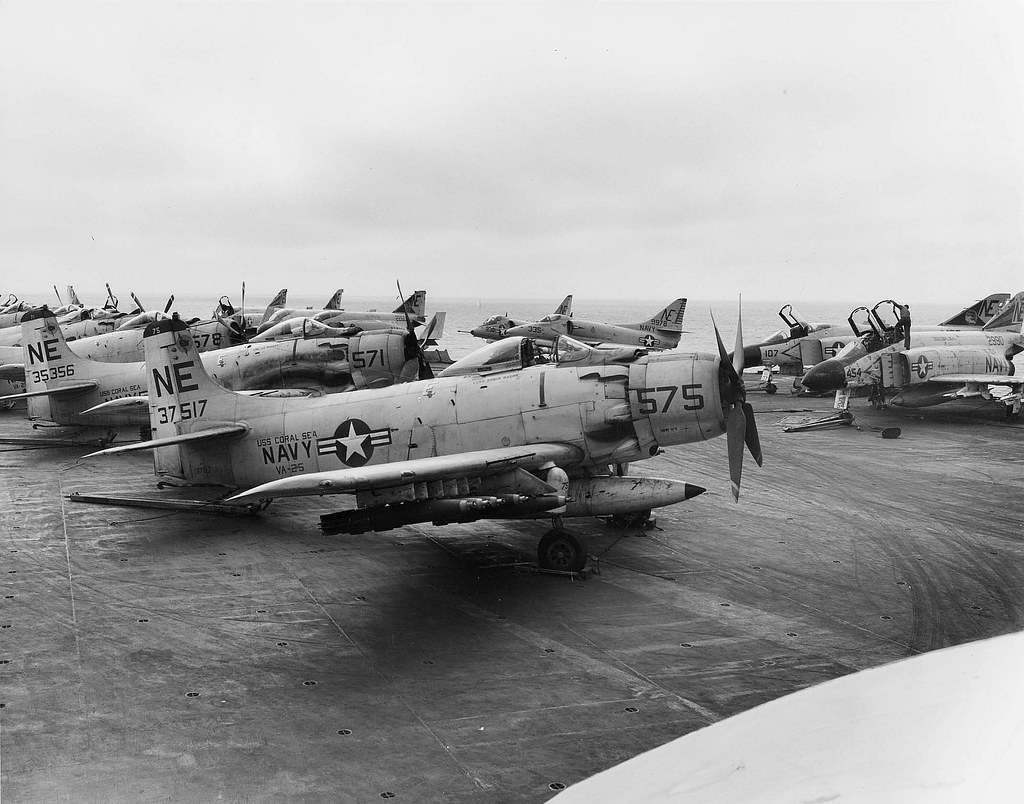
Half a century after the end of the Vietnam War, tactics first seen in the jungles of Southeast Asia are resurfacing on the battlefields of Ukraine, as Kiev adapts American strategies to counter advanced Russian air defenses.

Dubbed “Project Wild Weasel,” these high-risk missions initially involved U.S. pilots using their planes as bait to expose and neutralize enemy air defenses.

Ukrainian forces are now employing a similar approach, using their aircraft to trace radar signals and strike with precision, deploying U.S.-made AGM-88 HARM missiles against Russian SAM systems.

This resurgence of Vietnam-era tactics underscores how historical military strategies can find new life in contemporary conflicts.

It also emphasizes the adaptability of Ukrainian forces in the face of a numerically and technologically superior adversary.

Despite facing formidable Russian air defenses, Frederik Mertens, a strategic analyst, highlights that “Ukrainians use all weapons, troops, and systems they have at their disposal to suppress and destroy Russian air defenses.”

The melding of past and present is not just evident in aerial encounters but also in the realm of technology and public engagement.

Utilizing commercial drones, Ukraine has transformed civilian tech into potent military assets, much as the Vietcong weaponized simple yet effective guerrilla tactics against American soldiers.

Ukrainian forces are using everything from high-altitude drones to iPads, enabling them to maintain resilience and counter Russian advances.

The psychological dimension of warfare, often encapsulated by the “will to fight,” is as relevant today as it was during World War II or Vietnam.

The determination and ideological conviction driving Ukraine’s defense against Russian aggression bear resemblance to the steadfastness of the Vietcong.

At its essence, the drive to engage in this conflict can be seen as a blend of mental toughness, physical prowess, and strong ideological beliefs.

These dimensions constantly evolve or change due to the interaction of distinct opposing forces.

Each dimension plays a crucial role in shaping the conflict dynamics, impacting the strategies used and the determination shown by the nations involved.

In Vietnam, the United States faced strong opposition from the North Vietnamese and the Viet Cong, who were dedicated to protecting their country and resisting foreign forces.
Relevant articles:
– Tactics used in the Vietnam War, bbc.co.uk
– Ukrainian military using US Vietnam War tactics – media, RT
– “Will to Fight” Twenty, Army University Press (.mil)
– Advancing in Adversity: Ukraine’s Battlefield Technologies and Lessons for the U.S., The Belfer Center for Science and International Affairs

